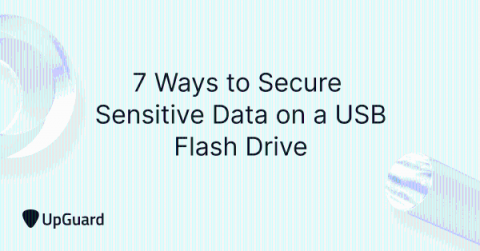Penetration Testing To Prevent API Attack
This blog describes the attack path we have uncovered during a recent penetration test of a web application, coupled with a back-end infrastructure assessment. Throughout we introduce different attack techniques and tools that can be used to attack the underlying infrastructure and APIs of a web application.










